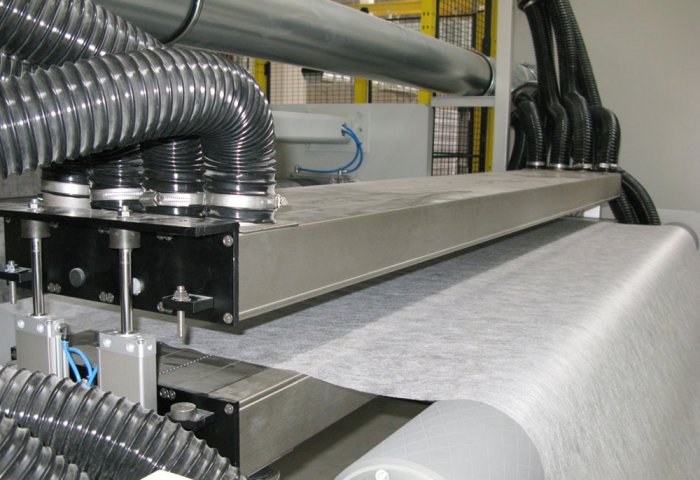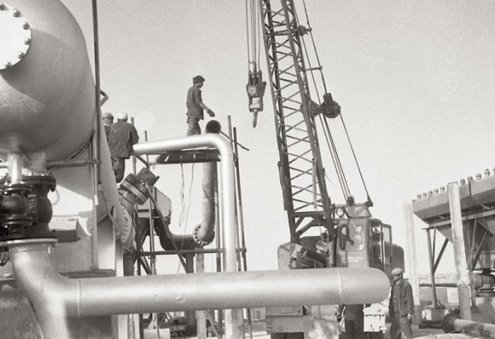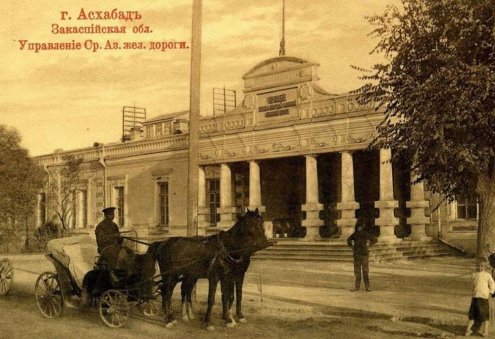Ministry of Textile Industry will establish the production of spunlace and spundbond nonvowen fabrics in its enterprises in Ashgabat. The Ministry of Textile Industry already announced several tenders for the establishment of non-woven fabric production this year. Deputy Chairman of the Cabinet of Ministers of Turkmenistan Mammethan Chakyyev announced the first steps in this direction during the session of the Cabinet of Ministers on January 23.
During the governmental meeting, the deputy chairman proposed the idea of establishing non-woven fabric production in Ashgabat Textile Complex to the President of Turkmenistan Gurbanguly Berdimuhamedov.
Ministry of Textile Industry announced an international tender for for the introduction of non-woven fabric production at the Ashgabat factory for production of medical wadding and cosmetic cotton products shortly after the governmental meeting.
The Ministry announced Friday the international tender for the introduction of the production of spunbond, a non-woven material from polypropylene, in the Ashgabat Silk-reeling Factory. The following Saturday, the Ministry extended the international tender for the introduction of spunlace production at the same factory that it announced before.
The two non-woven materials differ in their production methods and in raw materials used in their production. Spunlace is non-woven fabric produced by tightly connecting fibers (filaments) with high-pressure water jets, without the use of adhesives.
High barrier properties (60% higher than that of cotton and flax) that inhibit the penetration of microorganisms into human skin ensure its use in medicine and cosmetology, as well as in everyday life. The material is well sterilized if necessary. The lint-free structure allows to make any shape and size of products including tampons, surgical gowns, sets of linen, and sets for surgeons. The presence of inexpensive raw materials in it makes this product especially popular. In addition, if cotton is part of the spunlace, then such a non-woven material of the hydro-jet bonding withstands repeated washing, and it is well colored. The starting materials for the manufacture of fabrics by the spunlace method are most often fibers obtained from viscose, polyester, polypropylene, cellulose, and cotton. In particular, Turkmen textile workers plan to use cleaned and bleached waste from spinning.
The Ministry plans to use polypropylene, which is produced at the polymer plant in Kiyanly, as a raw material for the production of the spunbond. Due to the nature of the production and the versatility of the physico-mechanical properties of spunbond non-woven materials, they are widely used in many industries, including in the production of agrotextiles and disposable medical clothing. They are the basis for building membranes and waterproofing materials used in light industry such as furniture packing material, and for the manufacture of covers and bags.
Turkmen entrepreneurs use imported spunlace in the production of wet wipes, hygiene products, air and oil filters. According to U.S. Smithers, in 2019, 63% of spunlace nonwovens is used in production of wet wipes, with nearly half of these being used in baby wipes.
The production of non-woven materials at local enterprises is an important aspect of development, which in turn will help to increase the number of import-substituting goods, as well as increase the export opportunities of Turkmen entrepreneurs. The availability of raw materials for the production of spunlace and spunbond in the domestic market ensures the favorable conditions for this production.
Data from the Smithers study shows that in 2019, consumption of spunlace is projected to be 1.4 million tons or 31.1 billion square meters in 2019, with a global value of $6.19 billion. The consumption will exceed 2 million tonnes in 2024, reaching $9.15 billion, according to the company.
According to the research published by MarketsandMarkets, the spunbond nonwovens market is projected to grow from USD 12.7 billion in 2018 to USD 18.3 billion by 2023, at a compound annual growth rate of 7.6% during the forecast period.
As of today, the average cost of a kilogram of spunlace in the Asian market is $2-$4, and the average cost of a kilogram of spanbond is $1.25-$3.75.









30635-90x604.jpg)




30625-90x604.jpeg)
_(1)30624-90x604.jpg)


